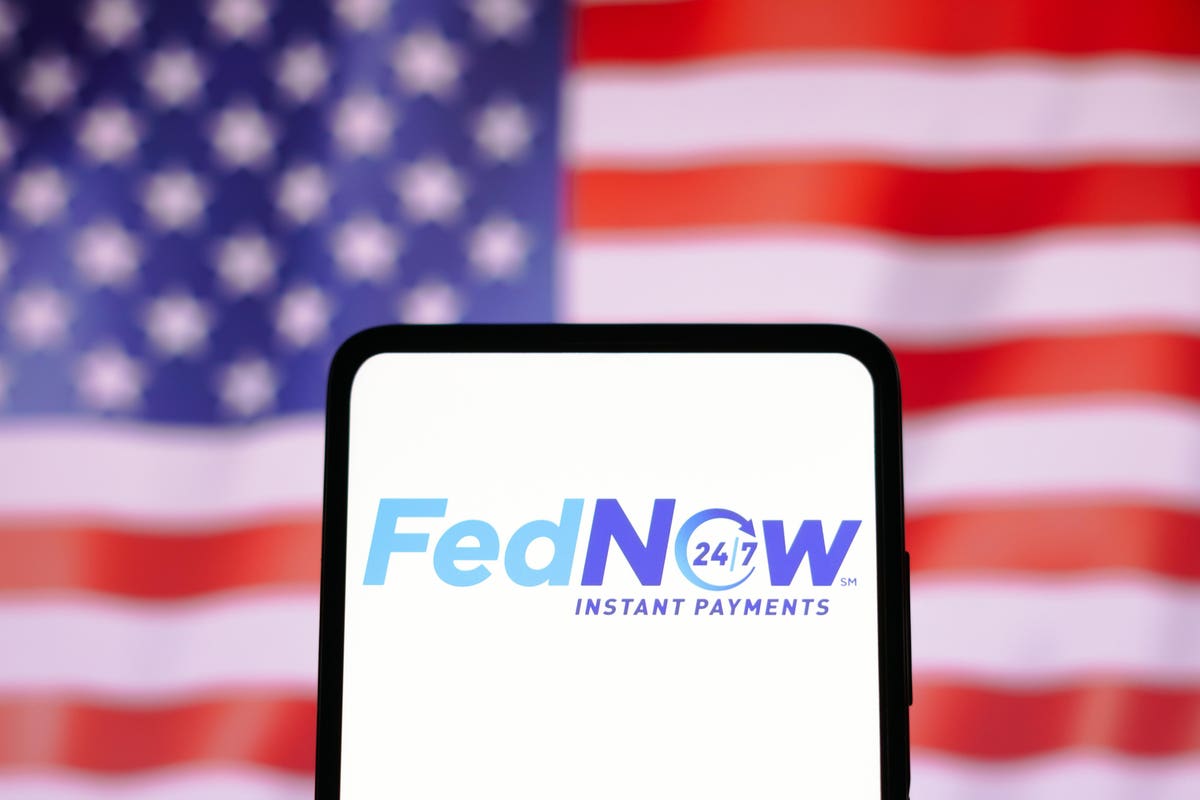OBSERVATIONS FROM THE FINTECH SNARK TANK
Hurray, instant payments are here! To much fanfare, the Federal Reserve launched its new payments system, FedNow, last week. The new rail gives—or promises to give—consumers and businesses “instant” access to payments and money moved between financial accounts. What goodies should we expect to get from FedNow?
History My Foot
Four years after it announced its plan to build FedNow, the Fed nearly fell over backwards congratulating itself over the launch. One Fed Reserve employee announced on LinkedIn that “history was made,” ignoring the facts that The Clearing House (TCH) has offered real-time payments (RTP) for six years and that Japan has had real-time payments since 1973.
More dispassionate voices—like payments consultant Erin McCune—explained:
“In the long lead up to this milestone, near-real time offerings like Same Day ACH, Zelle, and Venmo have gained significant traction. RTP isn’t likely to replace any of those offerings. In fact, Zelle uses TCH RTP to settle between banks and Venmo can take advantage of real time tranactions for funding and disbursement to/from your Venmo account. And in many situations, Same Day ACH may be fast enough.”
McCune went on to say, “Once enough banks are connected to FedNow and/or TCH RTP, real time payments in the US could be an attractive alternative to other existing payment options, particularly standard ACH, checks, and low-value domestic wire transfers. However, the adoption of RTP will significantly vary by use case.”
To Get Instant Payments, Banks Have to Offer Them
‘Once enough banks are connected’ is the key phrase there. A survey of banks and credit unions by Cornerstone Advisors found that less than half of banks and just 42% of credit unions expect to offer real-time payments by the end of this year. In fact, nearly a quarter of institutions aren’t sure when they’ll offer it.
Another factor influencing the uptake of FedNow is the ‘send’ versus ‘receive’ aspect. Many of the early providers of the service plan to accept, or receive, real-time payments, but few of them are planning to turn on the “send” capabilities.
If nobody sends instant payments, how can anyone receive them? This is a big issue according to Peter Davey, SVP and Head of Product Innovation and Labs at TCH:
“Send-side products are what customers want. If I have a loss on my car or home, I can receive a payout from my insurance company in real-time. But if I need to make payments to companies covering my car or home repairs, how do I get money to them in real-time? They’ll want immediate use of the funds to service me.”
Faster Payments = Faster Fraud
Another dispassionate voice in the real-time payments discussion is Sara Seguin, a principal advisor on fraud and identity risk at Alloy. According to Seguin, faster payments means faster fraud:
“Just like other new technologies that have emerged in the financial services industry over the past several years, fraudsters will continue to adapt and figure out new ways to exploit these new technologies.”
Pretending to be someone else—often a colleague or senior exec at your company—fraudsters send messages and instruct you to send a payment to them. Their growing sophistication in hacking email accounts and gathering data from social media makes it difficult to spot and prevent the fraudulent behavior.
When Will We See Benefits From FedNow?
For all the hype surrounding FedNow, the reality is that consumers won’t get a whole lot from the new payment rail that they don’t already get—in the near-term, at least. With many of the largest banks already on the TCH platform, real-time payments volume on that network will dwarf FedNow’s volume for a good number of years.
Slower adoption on the send side of the equation and increasing fraud will slow the rollout of new instant payment use cases. The impact of FedNow will depend on:
Banks’ commitment to payments as a strategic differentiator. Many community banks see themselves as commercial lenders and don’t see payments as key component of their strategy. It may take a while, but these banks will have to compete on commercial banking—payments and treasury management—in order to grow their lending business.
Use case evolution. There are many possible use cases for instant payments. The question about which platform—TCH or FedNow—will grow faster is moot. The important question is which platform will be better for any particular use case—and whether or not that use case generates incremental revenue for the banks or not.
Tech vendor support. Community-based financial institutions will need to rely on their core and digital platform vendors for FedNow deployment and support. How good will that support be? How well will the vendors be able to help their bank and credit union clients build solid business cases for instant payments?
Fraud prevention and management. Bankers are risk averse by nature. The fraud threat from real-time payments will cause banks to wait-and-see before building out the send side of faster payments. A newly-formed consortium called SardineX to share fraud data between banks, card networks, payment processors, and fintechs may help accelerate the adoption of FedNow.
Read the full article here


